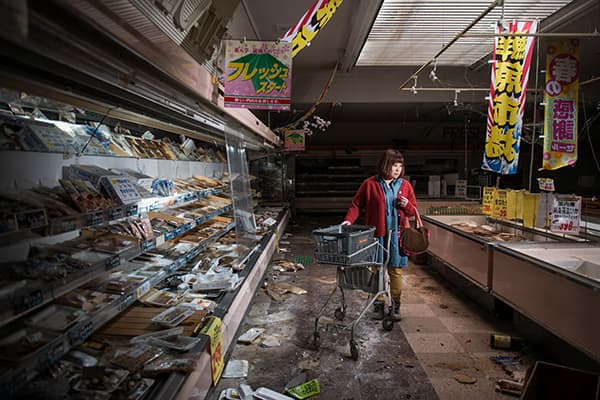
The infamous abandoned supermarket. ‘The smell was terrible,’ Bression recalls
One of the most difficult things about being caught up in a national disaster, apart from the daily grind of survival, must be how quickly your story gets forgotten as the news moves on. Think back to March 2011, when the earthquake, tsunami and subsequent accident at the Fukushima Daiichi Nuclear Power Plant in Japan were headlining global news. Today, it’s an old story, although not for the people who lived in the area.
French photographer Guillaume Bression, together with his colleague Carlos Ayesta, was closely involved in the Fukushima story as it broke, and subsequently came up with a unique and moving style to demonstrate the legacy of the catastrophe: the pair moved former residents back to their offices, shops, restaurants and hangouts in Fukushima, and then photographed them in the untouched ruins and decay.
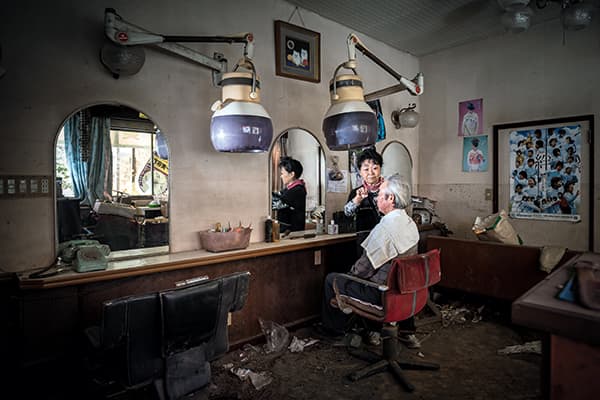
The owner of this abandoned hair salon picked up her scissors again for Bression’s camera
Battling bureaucracy
Retracing the steps of evacuees was one of several strands that made up the duo’s ‘Fukushima No-Go Zone’ project, as Bression explains.
‘Finding the subjects was the hardest part of the project,’ Bression recalls.
‘We worked with a fixer for two months, although I knew some of the people from previous news interviews. The first job was to identify the locations – the old offices, boutiques, supermarkets, and so on. Then it was about trying to find people related to that place. We’d call the city office and sometimes the officials said they didn’t have the details of who used to work or live there, or they just refused to help us. So we’d try asking former neighbours. When we eventually tracked the evacuees down, some didn’t want to return to be photographed.’
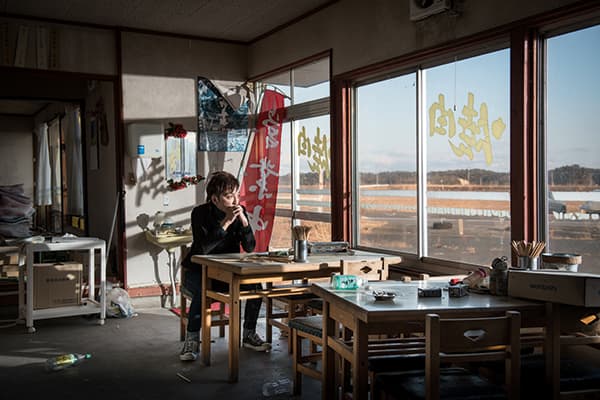
Portable lights were used to ‘lift’ this subject. Lights were often essential as there was no power available in the buildings
Bression and Ayesta eventually got enough subjects for the project. ‘It’s important to point out that about half the number of people were directly connected with the places,’ says Bression. ‘The other half were inhabitants of the region who used to frequent a particular store, supermarket, hairdresser or café. We never had to use actors/models.’
Mixed feelings
Many of the subjects featured had mixed feelings about returning. ‘Some of them really wanted to go back to their old haunts, and for some it was the first time they’d been back since the nuclear accident,’ Bression adds. ‘Most are strongly against the idea of returning permanently, as despite the government spending money on decontamination, the radiation levels can still be high. Nobody has the confidence to reopen for business.’
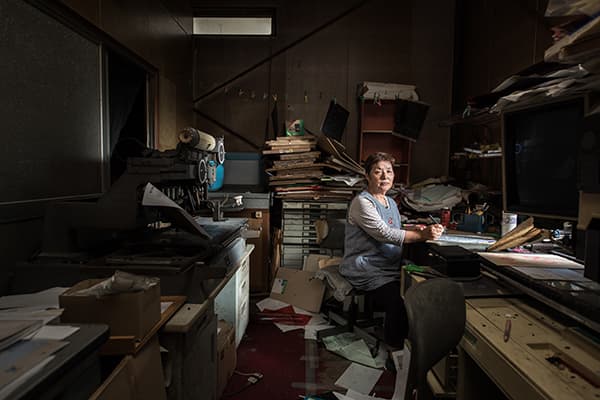
The print shop owner, with whom Bression developed a particular rapport
Bression’s favourite image is that of the printing company owner, with whom he feels a strong personal bond. But he can understand why the supermarket shopper image is popular. ‘When we got into the supermarket the smell was terrible and there was hardly any light,’ he says. ‘Hence, the need for artificial light in most of the shots, which we sometimes also used to replicate sunlight.’
The response to the project has been very positive, although it’s better known overseas than in Japan. ‘[The pictures have] been published in many European countries and in the USA,’ says Bression. ‘On 23 June, we [had] a major one-month exhibition in Tokyo’s Ginza shopping district, funded by Chanel.’
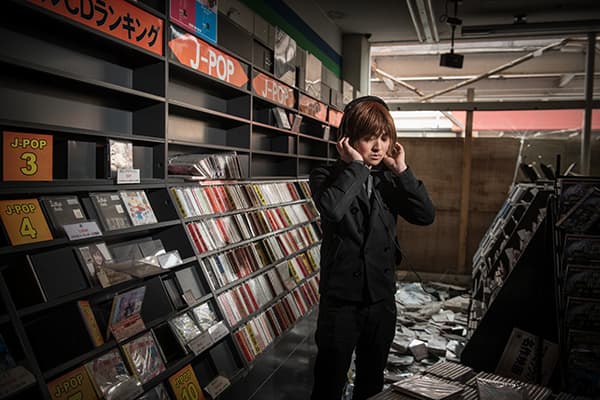
A regular of a record store which was abandoned, stock and all, when the Fukushima disaster unfolded
After the exhibition, Bression and Ayesta planned to start work on a project about the decontamination workers who are engaged in the clean-up operation at the stricken nuclear reactors. Bression says: ‘We want to show, through portraits, what life is like inside a no-go zone now. Three years ago it was empty, but then the clean-up workers arrived so a supermarket and gas station opened. Ironically, five years after the accident, the area is still dependent on the nuclear industry.’
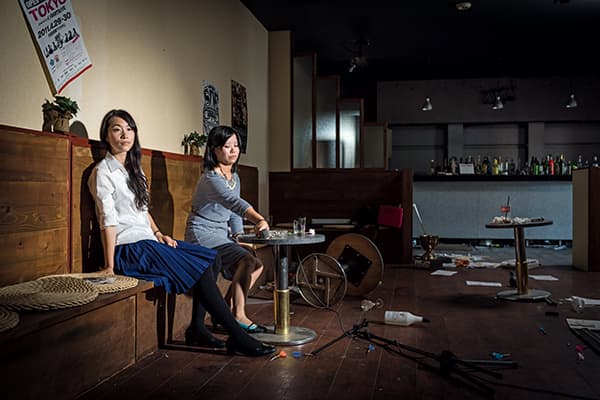
The normality of the subjects’ poses belies the devastation around them
In 2009, Guillaume founded the photography collective Trois8 with Carlos Ayesta and Audrey Boehly, with whom he has collaborated on several projects. Visit www.fukushima-nogozone.com and www.trois8.fr.







